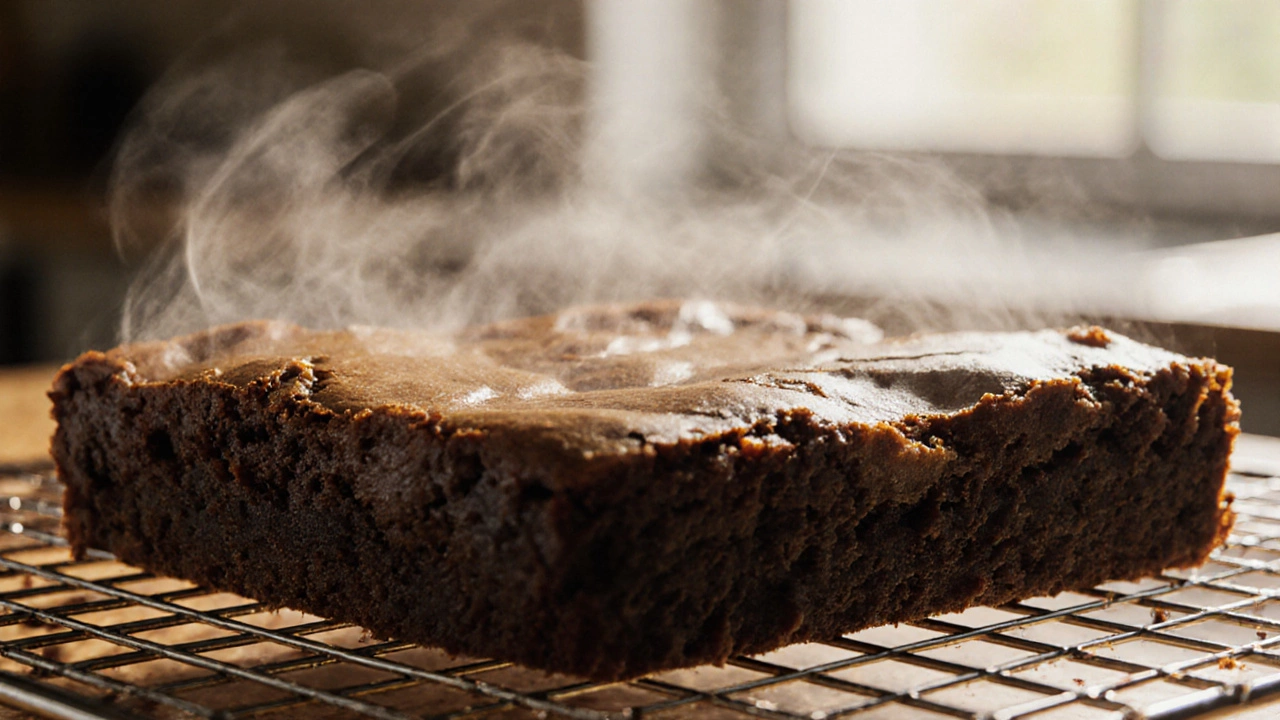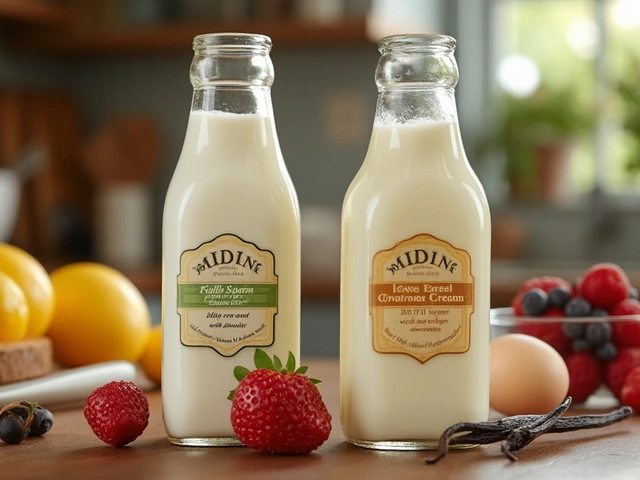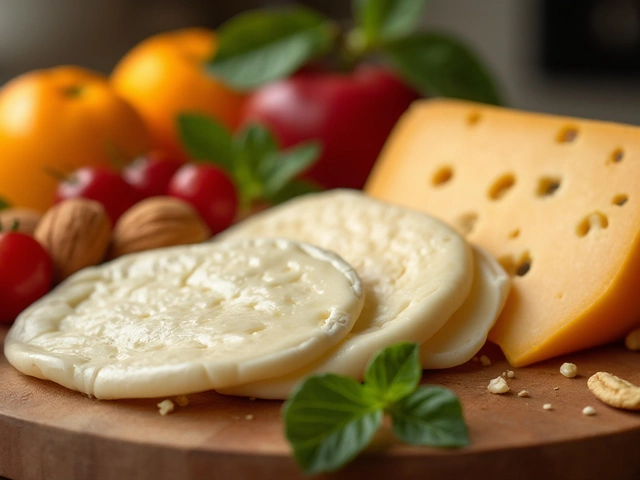Cooling Methods for Perfect Desserts
When working with cooling methods, the techniques used to bring baked goods down to safe, stable temperatures and set their texture. Also known as temperature control, they are essential for everything from fudge to cheesecake.
One of the most temperature‑sensitive treats is fudge, a dense, sweet confection that needs a precise soft‑ball stage before cooling. The moment the fudge hits the soft‑ball range, you must whisk it, pour it onto a greased surface, and let it sit just long enough to firm up without turning grainy. Cooling methods encompass this quick transfer from heat to room temperature, a move that locks in creaminess and stops crystal formation.
Similarly, cheesecake, a dairy‑rich tart that benefits from a gradual cool‑down to avoid cracks relies on controlled cooling. A sudden plunge into the fridge can shock the protein matrix, creating surface cracks and uneven texture. Instead, most bakers let the cheesecake rest on the stovetop, then in a turned‑off oven with the door ajar, before moving it to the refrigerator for the final set. This step‑by‑step temperature drop is a classic cooling method that preserves smoothness.
Even gluten‑free cakes, which can sink if they cool too quickly depend on a slow, steady cool‑down. Those cakes often lack the gluten network that gives structure, so a rapid temperature change can cause the batter to collapse. Placing the cake on a wire rack right after baking lets air circulate, releasing steam evenly and keeping the crumb from sinking. This simple tool‑based cooling method makes a huge difference in the final rise.
Key Cooling Techniques Every Baker Should Know
First, use a wire rack. The rack lifts the whole item off the pan, allowing air to flow underneath and around the sides. This airflow‑based cooling method speeds up heat loss while keeping the bottom from becoming soggy. Second, practice the “gradual chill.” Start with room‑temperature cooling for 15‑20 minutes, then transfer to a refrigerator set at 4 °C (39 °F) for the final set. This two‑stage approach balances the need for quick cooling with the structural needs of the dessert.
Third, control humidity. A damp kitchen can cause cakes and brownies to retain excess moisture, making them gummy. Opening a window or using a dehumidifier while the dessert rests creates a drier environment, a cooling method that improves crumb texture. Fourth, schedule timing around altitude. Higher altitudes cause water to evaporate faster, so desserts may need a longer cool‑down period to avoid cracking.
Fudge texture depends on how cooling is timed after reaching the soft‑ball stage. If you move the fudge to a chilling surface too early, you’ll trap steam inside, leading to a grainy finish. If you wait too long, the mixture cools below the optimal range, making it hard to spread and resulting in a dense, chalky bite. The right cooling method lands you a silky, melt‑in‑your‑mouth fudge every time.
Cheesecake cracks are influenced by rapid temperature drops. A swift shift from a hot oven to a cold fridge creates thermal stress, which the delicate custard can’t absorb. By using a slow‑cool technique—letting the cheesecake sit on the counter, then in a turned‑off oven, and finally in the fridge—you let the protein network relax, preventing those unsightly cracks.
Gluten‑free cake sinking is often a cooling issue. When the batter cools too fast, the air pockets created during mixing collapse, and the cake collapses under its own weight. A gentle cool‑down on a wire rack gives the structure time to set, preserving height and crumb.
Finally, remember equipment matters. A silicone baking mat can be placed on a cooling rack to prevent sticking, while a marble slab offers rapid conductive cooling for pastries that need a crisp exterior, such as shortbread or macarons. Choosing the right surface is a cooling method that can change texture dramatically.
All these techniques—airflow, gradual chill, humidity control, altitude adjustment, and proper equipment—are interconnected. Mastering them means you’ll never wonder why a fudge turned grainy or a cheesecake cracked again. Below you’ll find a curated set of articles that dive deeper into each dessert, showing exactly how to apply the right cooling method for flawless results.

Can You Let Brownies Cool Overnight? The Truth About Texture and Safety
Learn if you can safely let brownies sit overnight, how it changes texture, and the best cooling methods to keep them perfect.
View More




